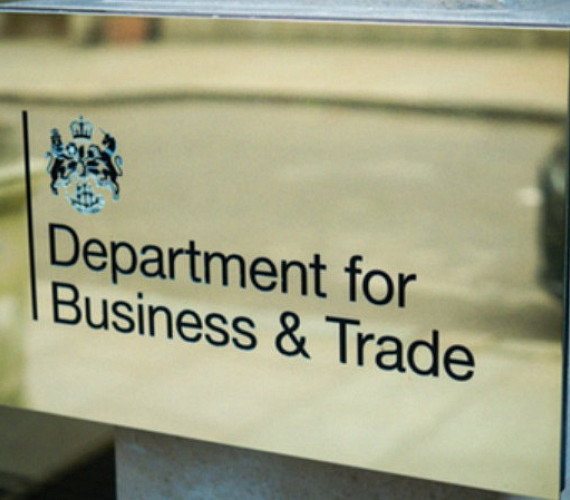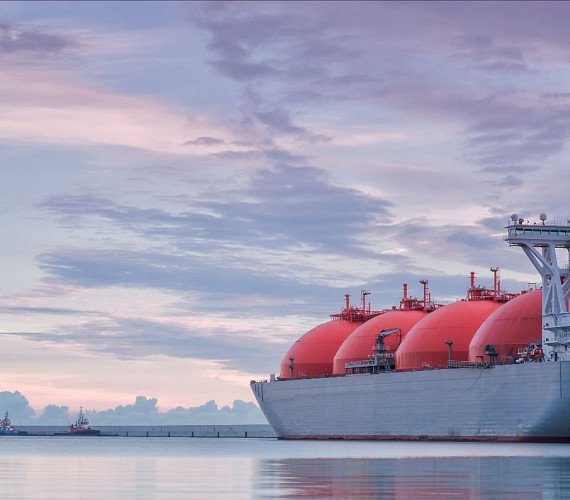SHIPPING IS A DIRTY BUSINESS.
Since the late 19th century, when steam replaced wind as the main means of propulsion, ships have relied on filthy fossil fuels. Coal-fired steam has given way to internal-combustion engines. But these still burn stuff that is so gunky as to be almost solid unless heated. Like coal, these refinery dregs, known as bunker fuel, release a lot of carbon dioxide—perhaps 3% of global emissions of this greenhouse gas. Cleaning up ship exhausts is therefore a good idea if the world is to get anywhere near the goal, enshrined in the Paris climate agreement, of keeping global warming “well below” 2°C relative to pre-industrial times.
Ironically, the matter is made more urgent by the decision of the International Maritime Organisation (IMO), the United Nations body responsible for the world’s shipping, to reduce the amount of sulphur allowed in bunker fuel from 3.5% to 0.5% by 2020. Sulphur is nasty stuff. When burned, it forms sulphates, which cause acid rain and pollute the air. A paper published last February in Nature Communications, by Mikhail Sofiev of the Finnish Meteorological Institute, found that the IMO’s new rule could stop between 139,000 and 396,000 premature deaths a year.
The trouble is that sulphates also scatter sunlight and help to form and thicken clouds, which reflect solar radiation away from Earth. As a result, shipping is thought to reduce rather than increase man-made global warming—by 7% throughout the 20th century, according to one study. Dr Sofiev’s research showed that this cooling effect could fall by 80% after 2020, with the new low-sulphur standard in place.
The obvious way to offset the loss of sulphur-related cooling is by steep cuts to shipping’s planet-cooking carbon-dioxide emissions. The IMO wants these to fall by half, compared with 2008 levels, by 2050, regardless of how many vessels then ply the seas. But unlike desulphurisation, which is both imminent and legally binding, the CO2 target looks fuzzy and lacks any enforcement mechanism. An attempt to begin fleshing it out, at a meeting of IMO member states which concluded in London on October 26th, foundered.
Happily, many shipping companies appear keen to cut emissions anyway. They prefer to be ready for stricter rules that climate-friendlier places like the European Union might erect in the absence of a global standard. They also want to slash soaring fuel costs, which have swelled from a third of their spending a decade ago to half or more now—and are expected to rise further. Low-sulphur bunker fuel, of the sort needed to meet the new IMO standard, is expected to cost $600 a tonne when its use becomes compulsory. The current price of bunker fuel is $450. What companies are mostly doing, though, is making small improvements to existing arrangements. That is good. But it does not grapple with the bigger changes needed if the IMO’s target for 2050 is to be taken seriously. Read More



